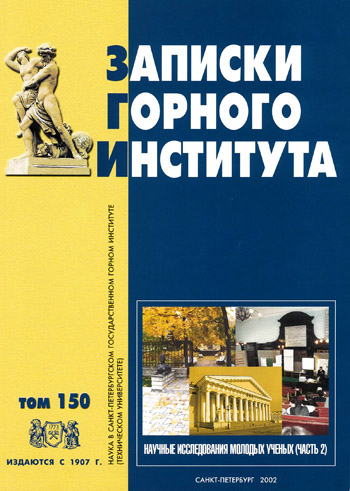Pelletizing of chrome raw materials
- Postgraduate student G.V. Plekhanov Saint Petersburg Mining University
Abstract
The main methods of pelletizing are considered: agglomeration, pelletizing and briquetting. Briquetting is one of the most promising methods of enlargement of finely dispersed material - it is a physical and chemical process of obtaining mechanically and thermally durable grade product - a briquette with a certain geometric shape, size and mass. Briquetting differs from sintering and pelletizing in its simplicity, environmental friendliness and cheapness. Briquetting processes in metallurgy are used to prepare some ores and concentrates (copper, nickel, chrome, etc.) for smelting, to utilize ore fines, metallurgical waste, fluxes, special exothermic slag-forming mixtures, charge materials for metaplothermic processes, small fractions of active lime, to expand the raw material base of coking, etc. This process is widely used in the utilization of industrial and domestic waste. One of the methods of processing (briquetting) of high-quality fine-grained chromite concentrate obtained from chromospinelides of the Sopcheozerskoye deposit is described. At this stage, a selection of technology is made for briquetting the concentrate with subsequent melting of ultimate ferrochrome. The main technological parameters are the selection of the binder, the humidity of the briquetted charge and the drying time of the briquettes. Ferrochrome is a raw material for the production of high-quality refractories, so briquettes are strictly regulated by the content of harmful impurities, which affects the choice of binder.
